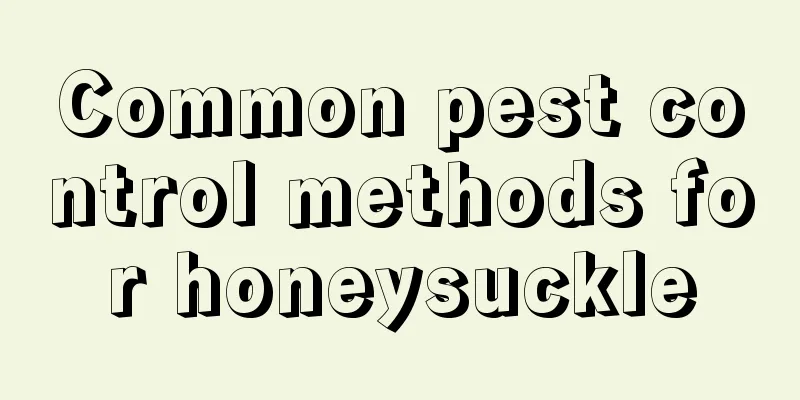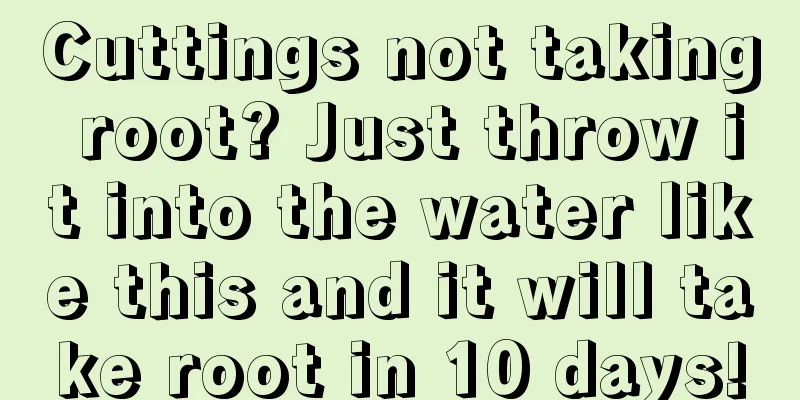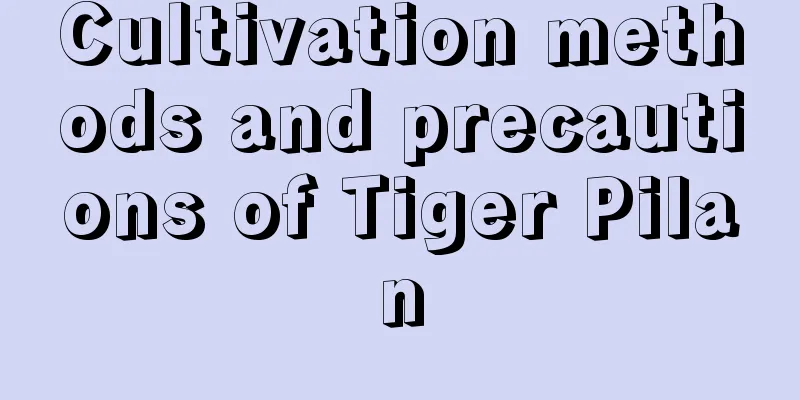Common pest control methods for honeysuckle

|
For honeysuckle, the main pests that cause serious damage include aphids, coffee beetles, wood borer moths, and geometrids. Microtubulea daucussymptomThe adults and nymphs of this type of pest and disease suck the juice from the leaves, causing the leaves to curl and turn yellow, and damage the flower buds, making them deformed. During the process of damage, they secrete nectar, which causes sooty mold and affects the photosynthesis of the leaves. In October, this insect will migrate from its first host, the Umbelliferae, to honeysuckle, where the male and female mate and lay eggs to overwinter. The damage is most serious in early to mid-May, seriously affecting the yield and quality of honeysuckle. It usually migrates back to the first host in June. Prevention and treatment methodsSpray with 1,000 times diluted 40% dimethoate emulsion or 1,000-1,500 times diluted 80% dichlorvos emulsion once every 7-10 days for 2-3 times. It is not advisable to spray at least half a month before picking the honeysuckle to prevent pesticide residues on the honeysuckle. Coffee beetlesymptomThe coffee beetle is an important stem-boring pest of honeysuckle. It is mainly distributed in the old honeysuckle producing areas of Shandong, especially Pingyi and Feixian. Investigations show that the damage rate of flower stumps that have been damaged for more than ten years is as high as 80%. The honeysuckle that has been damaged will grow weakly and the whole plant will die after a few years. Prevention and treatment methodsDuring the adult occurrence period from April to May and the first hatching period of larvae, spraying 1000 times diluted 80% DDT emulsion has a certain effect in preventing and controlling adults and newly hatched larvae. Leopard wood borersymptomAfter the larvae of the leopard wood borer hatch, they bore into the branches or new shoots. After 3 to 5 days, the new shoots of the damaged honeysuckle will wither. When the larvae grow to 3 to 5 mm, they will excrete feces from the boreholes. It is easier to find the pests at this time. The larvae bore between the xylem and phloem, making the branches easily break when wind blows. There are often several excrement holes on one side of the affected branches. The excrement is long cylindrical and light yellow. Dead plants appear on the flower stumps from September to October. This insect has the habit of changing plants to cause damage. Prevention and treatment methodsClean up in time and pay attention to observation. After the second crop of flowers, be sure to combine pruning in late July to early August to cut off insect-infested branches. If pruning is too late, the larvae will bore into the lower thick branches and then pruning will affect the growth of the flower stump; spray pesticides. Willow stem borersymptomAfter the larvae hatch, they first live in groups under the old bark of honeysuckle and cause damage. After growing to 10 to 15 mm, they gradually spread. However, the larvae of the same year always start from the middle of the trunk and the root zone to bore into the phloem and shallow xylem, forming vast worm tunnels and excreting large amounts of insect feces and sawdust, which seriously damage the physiological functions of the honeysuckle plants, hinder the transport of nutrients and water to the plants, cause the leaves of the honeysuckle to turn yellow and fall off, and the branches to dry up in August and September. Prevention and treatment methodsStrengthen management. Honeysuckle attacked by the larvae of the willow borer will have weak flower stumps, and most of the larvae enter through old holes. Therefore, it is very important to strengthen nurturing management, fertilize and water in time, and improve insect resistance. Chemical control, spraying pesticides, but because the concentration of pesticides is high, pay attention to safety when using them Honeysuckle loopersymptomThe honeysuckle looper (huò) is an important leaf-feeding pest of honeysuckle. When a major outbreak occurs, all the leaves are eaten up, leaving only the branches. Prevention and treatment methodsClean branches to reduce the source of overwintering insects; use 1000~1500 times diluted DDT or emulsion for spraying for prevention and control during the young stage. The above is the most comprehensive method for controlling honeysuckle diseases and pests. I hope everyone can grow healthy honeysuckle! |
<<: Common Pests on Light Bulbs and Their Control Methods
>>: Anthurium pests and control methods
Recommend
Cultivation methods and precautions of Christmas cactus
1. Potting soil Christmas cactus has very strict ...
When does the cardinal coral bloom?
Flowering period of red cardinal coral The flower...
The language and symbolism of bluebells
access One of the flower languages of bluebell ...
Kiwi cutting propagation methods and precautions
Kiwifruit breeding method Kiwi fruit is a fruit t...
Can yew seeds be planted directly?
Can yew seeds be planted directly? Yew seeds can ...
These 20 kinds of flowers can still be green even when the light at home is not good
Prunus truncatula The hanging bamboo plum origina...
How to grow Clivia leaves so that they are shiny
1. Proper lighting During the cultivation period,...
What causes African jasmine branches to rot and wither?
Root damage Be careful when repotting, changing p...
How to water forget-me-not
1. The amount of watering Generally, the forget-m...
How often should I water the oil painting spider plant?
How often should I water the oil painting spider ...
How often should I water the rose?
The rose has a long flowering period, its flowers...
Cyclamen seedling management
The most important management measure during the ...
Bullfrog breeding methods and techniques
At present, many farmers in our country raise bul...
Planting methods and cultivation time of four-winged beans (detailed explanation)
Suitable planting time for winged beans The plant...
How to grow blue snowflakes
Specific methods Select pot When we choose flower...









